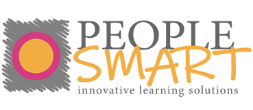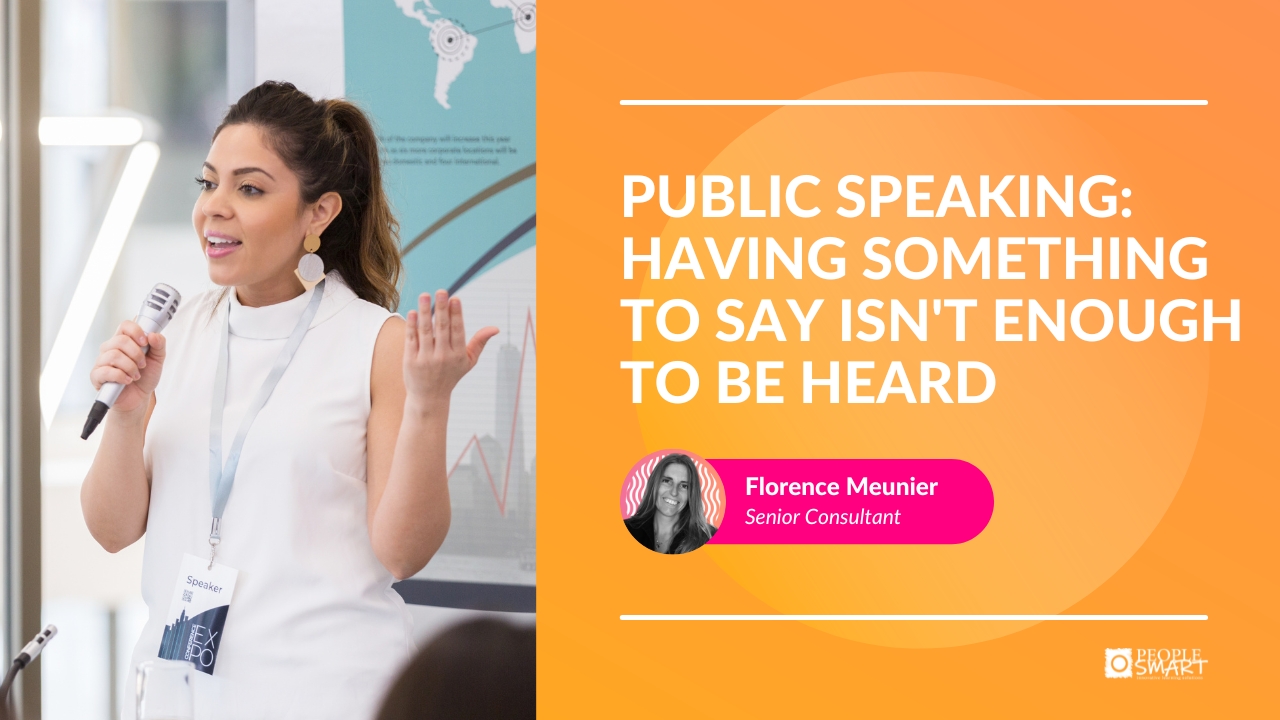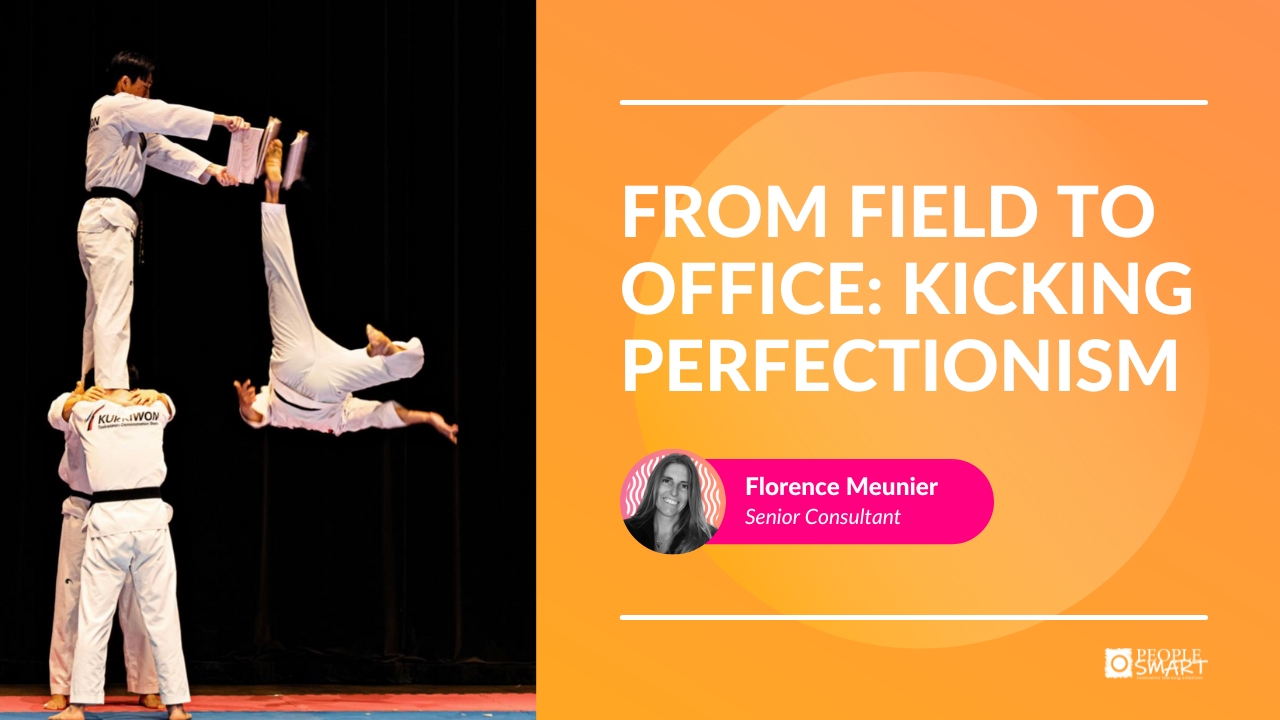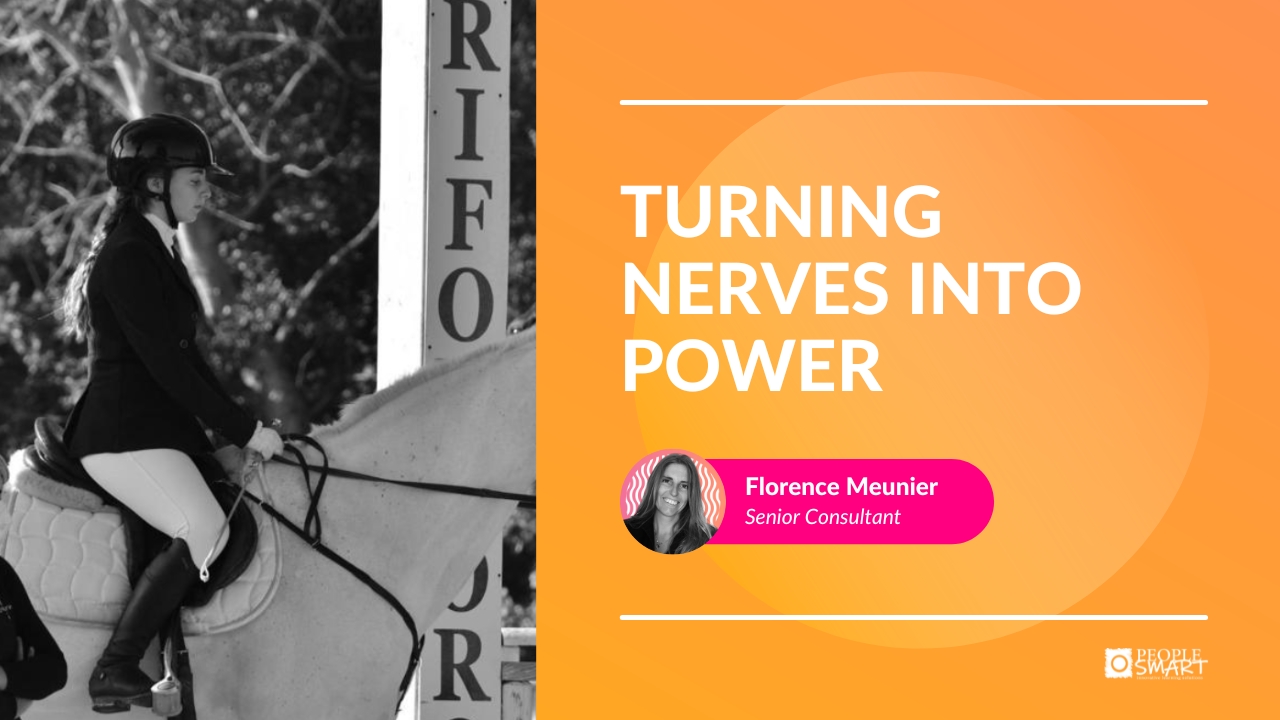Web Conferencing is a great way to expedite communication and it is the responsibility of the call host to decide what type of call theirs will be and then to ensure that it is delivered using the most appropriate medium – running smoothly and to time.
The choice of platform may be driven by company policy, security, group preference or habit. Skype, Lync, WebEx, Hangout, Zoom, Qube and MS Teams, (to name but a few), will all have their champions. But the question is, which will enable you to facilitate the most effective communication?
Are you planning an event, a presentation or a conversation? Each will need to be managed differently and some will require more pre-work than others. You might consider delivering a hybrid event, containing components of each, as a way of keeping participants involved and interested.
Your session type may be influenced by who will drive or ‘own’ the agenda. Are you dictating the agenda or is the session to be participant led – allowing contributions from others? If you want participants to have ownership, then a pre-questionnaire will encourage contribution and will help you to narrow down the most appropriate content drawn from the group, the best format and appropriate duration.
Are you planning a reporting or updating session? If so, each contribution needs to be focussed and accessible. As host, do not arbitrarily limit the number of slides or screen shares – but encourage colleagues to follow best practice – the other participants will need to hear and see content that is ABC (Accurate, Brief, and Clear), leaving them better informed or well positioned to contribute to making a decision.
Is this to be a creative or problem-solving event? Either way, if input is required from everyone, then using virtual Breakout Rooms, Polling or Voting may all be really useful.
No matter the meeting, keep sessions to a maximum of 90 minutes and leave some flex in your own calendar before your next meeting begins, allowing you time to reflect or to send out a file note or summary.
Before the session starts:
- Send a meeting invitation (followed by a reminder closer to the event) to all invitees, outlining the purpose of the meeting, the agenda and any preparation that is required of them. If necessary, provide an executive summary pre-read or links, to get everyone to the same starting point.
- Make sure that the right people are invited. If decisions are to be made, decision-makers need to be present.
- Whilst the most senior person may want to chair the session, they can delegate the creation of visuals, screen sharing, exercises, activities, managing Polling, Voting and virtual Breakout Rooms to a guiding hand / technically adept colleague both before and during the meeting.
- Keep screen shares to a minimum. Avoid a return to ‘death by PowerPoint’ and keep some slides in reserve to be used as support during question time. Look for the opportunity to chunk down content, build in participant involvement and add variety of input.
- The more formal or presentation-based the session, the more practice will be needed and meeting management is key. The Chair, technical co-ordinator and any other contributors will need to run through the shared plan before hand – possibly clicking through the agenda, slides and transitions.
Technical Tips:
- Use Mute-all and Gallery View (these may need to be switched on by the host).
For Zoom visit: their support article linked here. - Use the Screen Share function to show PowerPoint slides, diagrams or documents that add value or clarify key points – but avoid a return to death by PowerPoint.
- Use the Chat section as a way to have ‘live’ side conversation or to park ideas sparked by the meeting, which can be revisited later.
- Use the Whiteboard function as a place to invite thoughts and to gather wider contributions.
For Zoom visit: their support article linked here. - Use Polling – ask voting participants to use an icon – (applause, thumbs up or down) to show their view or use icons to place themselves on a ‘temperature bar’ continuum – from cold to hot, bad to good, sick to healthy and so on.
- Use ‘Fist-5’ Voting – ask voting participants to show a fist to score zero up to 5 fingers to show their response to a question or idea.
- Use virtual Breakout Rooms as a vehicle to facilitate a brain dump in small groups, to divide a big issue down into its component parts or to enable several issues to be discussed simultaneously. This creates more engagement for more people and offers each individual air-time, before feeding back to the group.
For Zoom visit: their support article linked here.
On camera performance – set yourself for success:
- Environment: Find a quiet location and protect yourself against interruptions. Shut down everything that is not needed on your browser, especially surplus applications and background apps in the Task bar. Have your phone off and maybe wear a headset and microphone to create your own ‘bubble’. Make sure your face is well lit – have natural light in front of you, not behind and make sure that your style of dressing, like the background, is not ‘busy’ or distracting – but is ‘business like’ and sets the right tone.
- Posture and positioning: Sit upright – with your back and bottom tucked into the back of the chair – and raise your camera lens to eye level. Frame your head and shoulders in-shot. Try to connect positively with the attendees – look into the camera and show the light behind your eyes. Remember that if your camera is ‘on’, you are ‘on screen’, so act accordingly – be present, be alive, be interested.
- Language:If you are representing a business, consider thanking people for joining ‘us’ today. Talk ‘with’ people not ‘to’ or ‘at’ them. If you are chairing, use clear directive language – things like: ‘My proposal is…’; ‘My counter proposal is…’; ‘To build on that idea…’; ‘Any objections…?’ ‘Shall we gauge opinion on that…?’
- Questions: Flag up where you are aiming a question by using the recipient’s name at the start of your sentence. Give people their moment in the sun.
Prepare the audience:
- Ask everyone to turn their camera on and mute their microphones. Remember to welcome people, recognise their time investment and contributions and thank them. Ask them to display their names. If some participants are late joining (they may never join by the way) agree with those who are on time whether / when to start or agree to postpone the call. Do not be tempted to go back over the agenda and repeat content for late comers – it rewards their behaviour and will frustrate those who arrived on time.
- Confirm the purpose and style of the meeting and ensure that everyone has the same expectations for the session duration, flow, topic, format and outcomes – including the provision for Q&A.
Deliver the plan:
- Remember clarity, energy and passion are key: you have prepared and practised – stick to the plan.
- Re-confirm your agreed meeting ground rules: i.e. no multi-tasking; phones off; be ‘present’, join in and contribute; short sharp interventions; cameras on, microphones off. Make sure that you role model professionalism and energy. Use your sessions as an opportunity to reinforce best practice.
- Be aware of international attendees and those working in second or third languages: think about your speed, diction, your choice of language and check for understanding, compliance and commitment.
- Find ways to vary the input: have more than one contributor and use screen share; find ways to involve the participants and move to facilitation and breakout sessions whenever practicable. Vary the duration and complexity of activities – perhaps start with some simple temperature checks or polling and move into longer, deeper or more demanding breakout sessions.
- Invite contributions: use Voting, Polling, Whiteboards, reaction icons and virtual Breakout rooms. Pre-warn people if you will be asking them to report, to offer a view or comments or to speak to a slide.
- Manage the discussion: log all questions as they come up and make sure that they are addressed either during the session or as a follow-up afterwards.
- Drive the next steps (who, will do what, by when?) and gain commitment.
After the session:
- Send a one or two-page post-call summary document with the key slides embedded, recommendations listed and the next steps added, in order to drive your follow-up plan forward






